MCL Knee Ligament Injury & Football
May 13 2008 | Articles
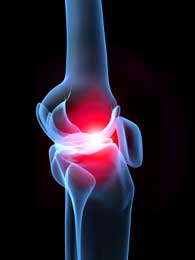
The knee ligament on the inner side of the knee is the Medial Collateral Ligament or the MCL. This ligament links the thigh and the shin bone. MCL injury happens when the knee is subjected to a force or when the ligament is twisted.
The Medial Collateral Ligament is the connection between the thigh bone and the shin bone. Damage to the MCL is called a sprain. This is classified according to the extent of damage on the ligament. This includes:
• A 1st degree sprain involves damage to few ligament fibres.
• A 2nd degree injury means damage to a larger muscle group with the ligaments still intact
• A 3rd degree sprain involves rupture of the whole ligament. Other structures such as the knee, cartilage and the anterior cruciate ligament can also be damaged due to the force applied to it.
The injury is often caused by damage to the Medial ligament when a force is applied to the outside part of the leg, just above the knee. A stud caught in a turf also cause damage to the medial ligament when the player will try to turn to his side away from the trapped leg.
How Do We Know its MCL Knee Ligament Injury?
A 1st degree sprain will show signs of pain at the area of damage. Slightly bending the knee is somewhat painful and is aggravated when the person stands up from sitting.
A 2nd degree sprain presents a more severe pain when the knee is touched or when the ligament is stressed. Swelling of the knee joint will take 24 hours to appear.
A 3rd degree sprain presents an unstable knee and activities are usually not tolerated. Bleeding may also happen but this may not be evident.
How Do We Treat MCL Knee Ligament Injury?
Protection, rest, ice, compression and elevation are the immediate intervention done for this kind of injury. Medications prescribed by the doctor are necessary for pain relief. Resting the knee and elevating its position is a must. A cohesive bandage aids in compressing the area and preventing swelling.
1st degree sprains require 3 weeks of rest.
2nd degree sprains need 6-8 weeks of rehabilitation under a physiotherapist.
In 3rd degree sprains, the doctor will usually advise a reconstructive surgery which depends on the location of the injury and the surgeon’s preference.
Knee braces are very useful for people suffering from this kind of injury. This supports the knee at the early stages of the injury and protects the ligament in later stages of the injury. An ideal method to maintain fitness while on rehabilitation is running in the pool with the help of a buoyancy aid.
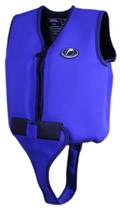
Click here to view buoyancy jackets for water therapy
How Do We Prevent MCL Knee Joint Injury?
The best advice that can be given for rugby and football players is to throw the ball earlier. A knee brace provides an increased knee stability and reassurance.
Compliance of the rehabilitation programme under a physiotherapist will speed up healing. Treatment should include more proprioception exercises. In continuing proprioception exercises at Football Injury Home, the use of a wobble board is advised.
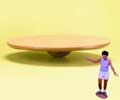
View Wobble Board
Football Rescue Recommends Knee Supports
![]()
![]()
![]()
![]()
![]() 5 Star Rating
5 Star Rating
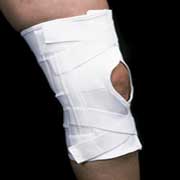
Excellent medial and lateral support ideal for footballers. Multi-tiered, plush-lined elastic body with wraparound design.
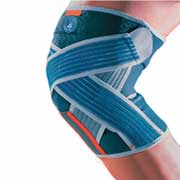
The Knee sport strap is designed to simulate knee joint strapping techniques used to support the collateral knee ligaments and restrict joint rotation but still enable running
